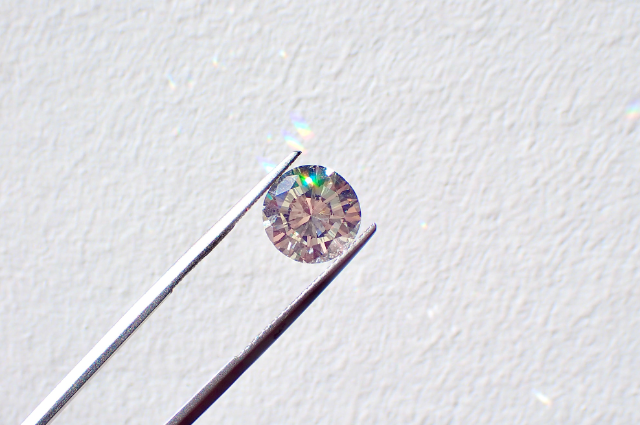
Photo by Tahlia Doyle on Unsplash
Introduction:
Jewellery is an essential part of our culture, a symbol of love, prosperity, and fashion. From diamonds to platinum, there are several types of jewellery available in the market to cater to diverse tastes and preferences. In this blog, we seek to demystify the world of jewellery with a comprehensive guide.
Explain 4 C's in Diamonds and What Cut is Best Suited to Avoid Wastage:
Diamonds are one of the most popular and sought-after gems in the world. The 4 C’s of Diamonds refer to Carat, Clarity, Colour, and Cut. Carat refers to the weight of the diamond, while clarity refers to the presence or absence of internal and external blemishes. The colour of the diamond can range from colourless to yellow, and the cut of the diamond refers to the shape and angle of the cut. To avoid wastage, choosing a round-cut diamond is best suited as it maximises the stone’s beauty and value.
Mangalsutra and Its Components Based on Culture - List 4-6 Types:
The Mangalsutra is a sacred necklace in Hindu culture worn by married women. The components of the necklace can vary based on different cultures. In Hindu culture, the necklace comprises two gold pendants, black beads, and a gold chain. In Marathi culture, a mangalsutra consists of two or three black beaded strands and a Vati pendant, while in Tamil culture, the necklace is known as Thaali and consists of a yellow thread with a gold pendant. In Kerala, the necklace is called Ela Thali, which is made with a 50 cm-long gold chain.
Platinum Jewelry – Investment vs. Returns:
Platinum is a rare, dense, and durable metal used in jewellery making. While platinum is an expensive investment, it retains its value over the years and often has a higher resale value than other metals used in jewellery making. The rarity of platinum, its durable nature, and its appeal among high-end consumers make it a good investment.
If Not Diamonds, Then What?
While diamonds are a popular choice in jewellery, there are several other gemstones that can be used in their place. Sapphires, emeralds, rubies, and tanzanite are some examples of gemstones that can be used. Each gemstone has its unique characteristics and appeal, and choosing the right one will depend on individual preferences, budgets, and the intended use.
Lab-grown vs. Naturally Mined Stones:
Lab-grown stones are becoming an increasingly popular and ethical alternative as they are chemically and optically similar to mined stones. While lab-grown stones may not have the same allure as natural stones, they offer a similar appearance at a lower cost and ethical standard. On the other hand, naturally mined stones are rarer and more valuable and come with the attraction of owning something that has come from the earth.
Conclusion:
Buying jewellery is an exciting and personal experience that caters to diverse preferences and styles. From understanding the four Cs in diamonds to the cultural significance of mangalsutras, there are several factors to consider when choosing jewellery. The key takeaway is to choose what resonates with the wearer and what fits their goals, values, and budgets. With online shopping becoming more accessible, buyers have an unlimited selection of jewellery to choose from and affordable prices, providing endless opportunities for self-expression and fashion exploration.
